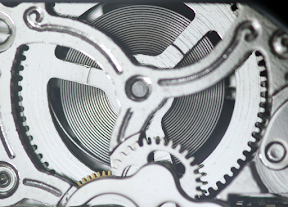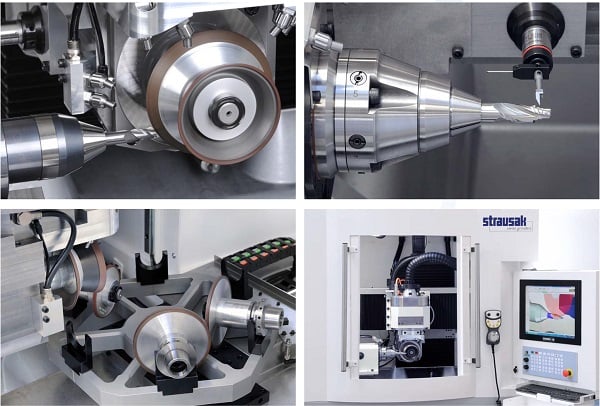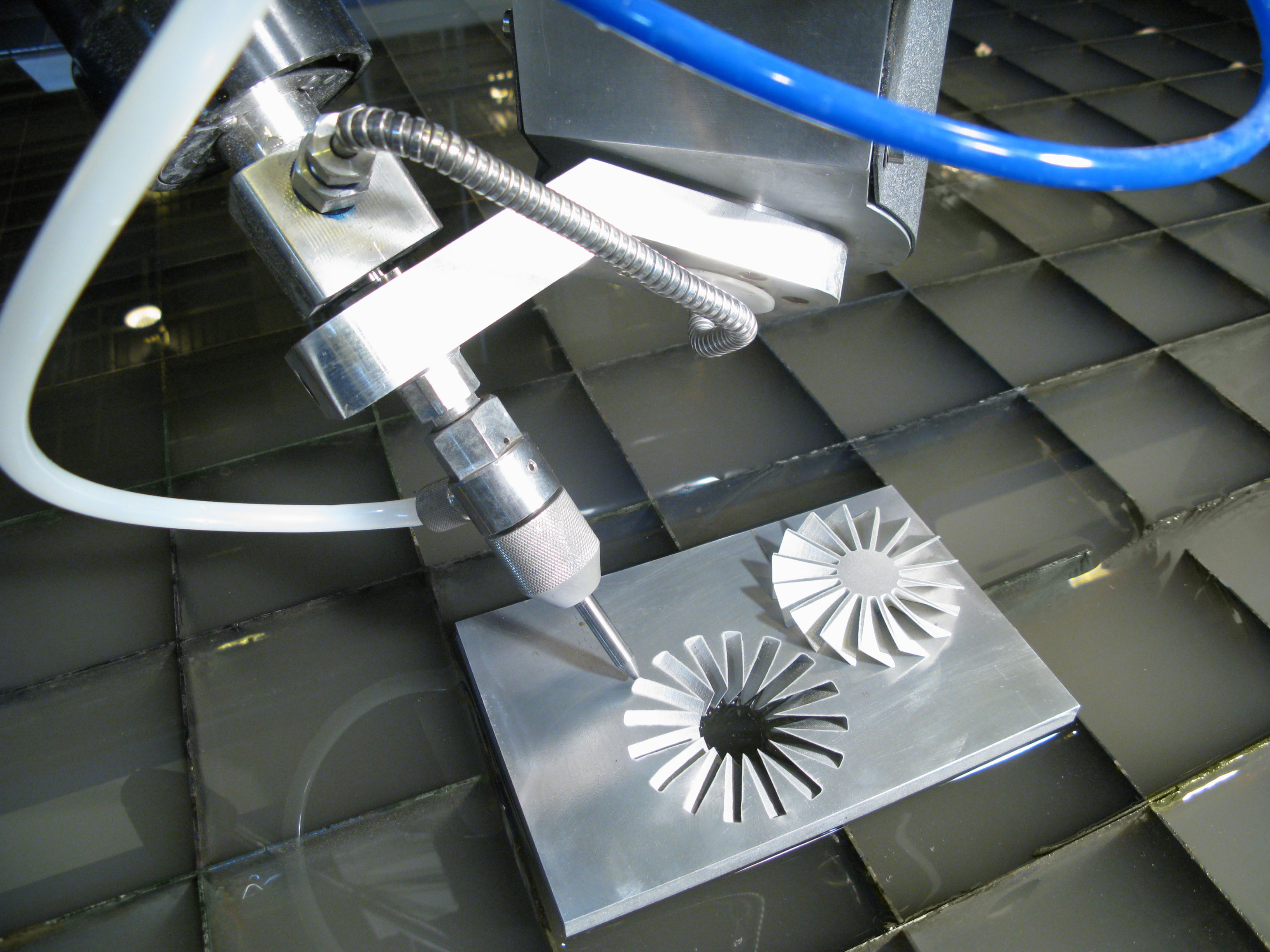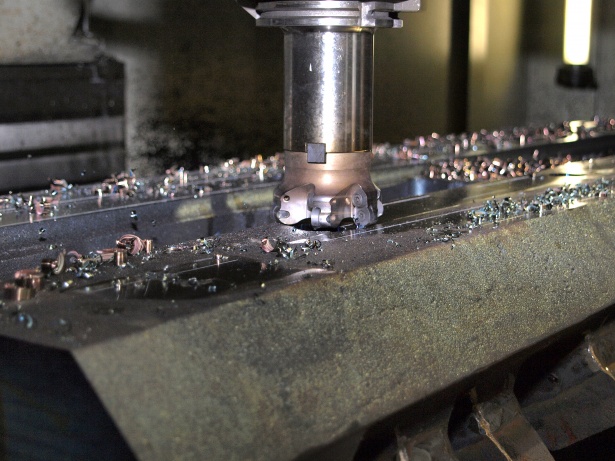Construction of a CNC Machine
Hello and welcome to all the tech lover's.
What if I ask you a question about your houses structure's, do you know how these structure's are made up? Many of you would answer in yes.
So let's learn about main components of a CNC machine
Construction of CNC Machine
The main parts of a CNC milling machine are the following.
Bed:
It is the foundation of the machine and it provides a stable base for all other components. CNC machine's Bed is made of cast iron or steel and must be rigid and durable to withstand the forces and vibrations generated during machining. The size of the bed varies depending on the machine's capacity and application. For example, a small desktop CNC milling machine may have a bed size of 200 mm x 200 mm, while a large industrial machine may have a bed size of 3000 mm x 1500 mm or more.
Column:
The column is a vertical structure that supports the spindle assembly and provides rigidity and stability to the machine. It is typically made of cast iron or steel and can range in height from a few hundred millimeters to several meters. The column's size and design depend on the machine's capacity, and it must be strong enough to support the spindle's weight and resist bending or twisting during machining.
Spindle assembly:
The spindle assembly is the heart of the machine and rotates the cutting tool at high speeds to remove material from the workpiece. The spindle motor's power and speed depend on the machine's capacity and application, but typical values range from 3 kW to 30 kW and 6,000 to 24,000 rpm. The bearings used in the spindle assembly are typically high-precision angular contact ball bearings or tapered roller bearings, designed to provide low friction, high stiffness, and long life.
Tool changer:
The tool changer is a critical component of a CNC milling machine, enabling automatic tool changes during the machining process. The tool changer's capacity and speed depend on the machine's design and application. For example, a small desktop machine may have a tool changer capacity of 6 to 10 tools, while a large industrial machine may have a capacity of 40 or more. The tool changer's speed and reliability are also essential, as tool changes must be fast and accurate to minimize machine downtime and maximize productivity.
Control panel:
The control panel is where the operator inputs the commands for the machine to execute. It typically includes a computer, keyboard, and screen, along with specialized software for programming and controlling the machine. The software may be proprietary or open-source, depending on the machine's manufacturer and application. The control panel's design and interface are critical to the machine's usability and efficiency, and modern CNC machines often feature intuitive touchscreen interfaces and advanced programming features.
Worktable:
The worktable is where the workpiece is mounted for machining. It can move along the X, Y, and Z axes to enable precise cutting of the material. The worktable's size and capacity depend on the machine's application and design, with some machines featuring multiple worktables or rotary tables for added flexibility. The worktable's precision and repeatability are critical to the machine's performance, with typical positioning accuracy of 0.01 mm or better.
Linear guides:
Linear guides provide precise linear motion of the machine components along the X, Y, and Z axes. They ensure accuracy and repeatability of the machining process and are critical to them machine's performance. Linear guides typically use recirculating ball or roller bearings, with typical positioning accuracy of 0.005 mm or better.
Coolant system:
The coolant system is responsible for cooling and lubricating the cutting tool and workpiece during machining. It also helps to flush away the chips and debris generated during the cutting process. The coolant system's design and capacity depend on the machine's application, with some machines featuring high-pressure coolant systems for improved chip evacuation and cooling. The coolant system's effectiveness is critical to the machine's performance, with insufficient cooling or lubrication leading to tool wear, workpiece damage.
The power supply:
is a critical component of a CNC milling machine, as it provides the electrical power needed to operate the machine's various components. The power supply must be designed to supply clean, stable power at the correct voltage and current levels required by the machine.
The power supply typically consists of several components, including transformers, relays, and other electrical components. The incoming power is typically supplied at 220-240VAC single-phase or 380-480VAC three-phase, depending on the machine's power requirements.
The power supply must be sized appropriately for the machine's capacity and application. The power requirements of a CNC milling machine depend on several factors, including the spindle motor's power, the size of the machine's linear motors, and the power consumption of other components such as the coolant system and control panel. As a result, the power supply's capacity can vary widely, with some small desktop machines requiring as little as 500W, while large industrial machines can require 20kW or more.
The power supply must also be designed to provide clean, stable power to the machine's components. Electrical noise, voltage spikes, and other power quality issues can cause problems with the machine's operation, leading to reduced accuracy, increased wear and tear, and other issues. To minimize these issues, the power supply may include components such as filters, surge protectors, and voltage regulators to ensure stable, clean power is supplied to the machine.













































